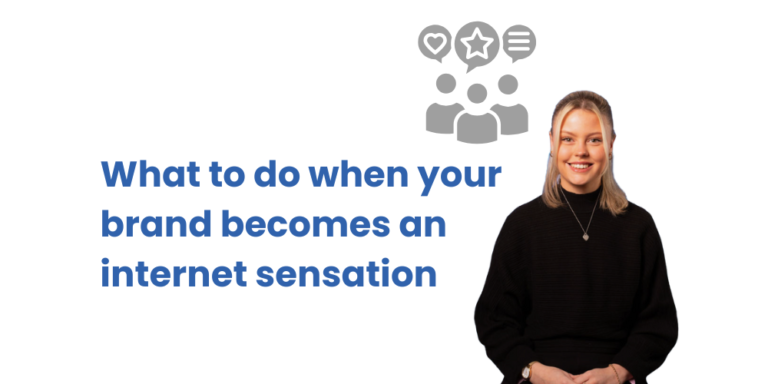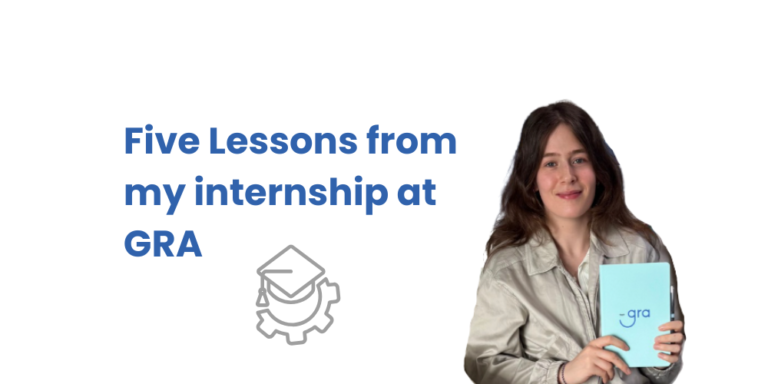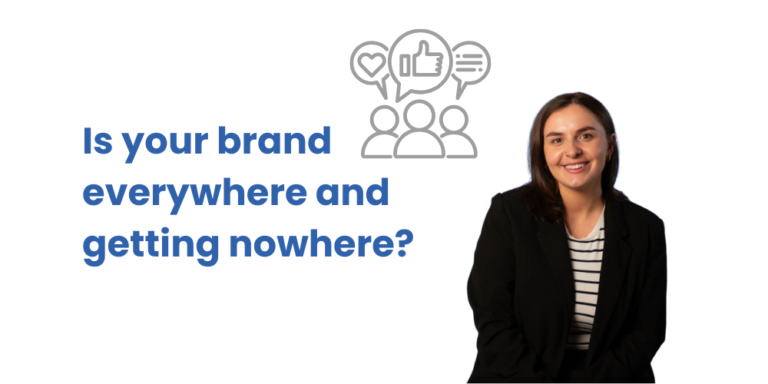What happened? What's wrong?
This post was supposed to be fun. I was going to write about the top 5 times social media has been used as a plot device in horror movies.
But here I am, fingers resting on my cobweb-covered typewriter, and I just feel…nothing?
I don’t feel remotely spooky, and I’ve been trying to figure out why. I think it might be because of what I’m dubbing…

Fallowe’en (a portmanteau of Fall and Hallowe’en) is the culmination of many tireless years of marketing efforts, and a lot of it is directly inspired by Christmas marketing. Let me explain…
Two Christmases?
Christmas takes over most of our lives for at least an entire month. Arguably, it’s a month and a half, and it’s always been a joke that Christmas starts too early. It has plenty of negatives (hypercapitalism, overconsumption, wastefulness, etc), but it’s something that, as a time of year, I’ve genuinely grown to love. What makes Christmas so marketable is that it has:
- A narrative that has been in place (in some form) for literally thousands of years
- Set values (charity, general goodwill)
- Set activities (gift giving, sledging,
- Set characters (Santa, reindeer, elves)
- Set tastes and smells (gingerbread, mulled drinks, Bailey’s, chocolate, trifle, roast potatoes, turkey etc etc)
- Set music (do I need to give examples)
- A set day of celebration (multiple days, actually) with public holidays attached
- An entire season/month—for many people, Winter is Christmas, and Christmas is Winter, making it compelling and valuable to businesses, with many retailers making more in this short time than they do for the rest of the year combined.
It’s all very potent stuff, and it’s got everything you could want as a marketer. So, what marketers have done is ask the question, “What if we could do that twice in one year?” And that’s what’s happened. Marketing has stolen Hallowe’en. Marketers have stolen it, and they’ve tried to make it Christmas. But it isn’t Christmas, is it?
The Rise and Fall of Fallowe'en
Generally speaking, Halloween itself has become the lynchpin holiday of the Fall/Autumn, a poor facsimile of Christmas. Lacking the cultural capital of Christmas, marketers have done their best to plug gaps wherever they’ve found them, but it’s just not quite as good, is it?
Nu-traditional Fallowe’en activities like pumpkin patches are a common feature of Autumn Instagram feeds, and pumpkin spice lattes have become seasonal staples.
The former has become so popular in recent years that it’s clear that businesses have struggled to keep up, and the industrial scale of these operations has slightly offset its wholesomeness. Regarding pumpkin spice lattes, where have they been this year? With brands like Starbucks bringing their famous drink back in August this year (when the UK was still sunny and incredibly muggy), it felt like a total non-event. Without the same ubiquity as Christmas, mini-traditions like this have perhaps overestimated their cultural capital when they attempt to stretch their windows of popularity.
Elsewhere, the music isn’t quite as relatable as Christmas’s and is tonally in wildly different spaces. For every campy Thriller, there’s a wistful, soft Evermore. As marketers, it’s hard to create a broader vibe when the season can mean entirely different things across the board.
Festive tat is also a big part of Christmas, and shops are filled with the Fallowe’en equivalents. Of course, wastefulness is a huge pain point in the Christmas narrative, year in year out. Still, it is at least offset with genuinely lovely things, like charity, sharing, gift-giving, and time off work. With Fallowe’en, it’s much harder to stomach the overconsumption of one-use items, particularly with the current cost of living crisis.
As a final point, it’s indisputable that this year’s weather has played a massive part in creating a tangible emotional dissonance regarding seasonal tradition. With constant rain making for a soggy summer and equally uninspiring Autumn, it’s not a stretch to think this dissonance will have affected the public’s willingness to spend.
So, the Fallowe'en bubble has already burst?
Based on the above, it’s hard to think otherwise. Kids dress up, but they definitely don’t Trick or Treat as much, and adult Hallowe’en costumes, well, it’s hard to say. Anecdotally, Glasgow’s Halloween capital, Queen Street, didn’t feel nearly as busy as it has in the past, particularly compared to pre-COVID years.
Whatever happens, it’s hard to deny that things just aren’t quite the same at the moment. With war, climate change, the cost of living, and increasing media fragmentation, it seems that anything other than Christmas is finding it hard to maintain traction.
The three pillars of SEO describe the core methods that SEO specialists use to optimise a website for search engines and hopefully achieve the above objectives.
Although people within the industry may disagree with just three pillars, it’s by far the simplest way to describe the wide range of tasks that fall under the umbrella of SEO.





